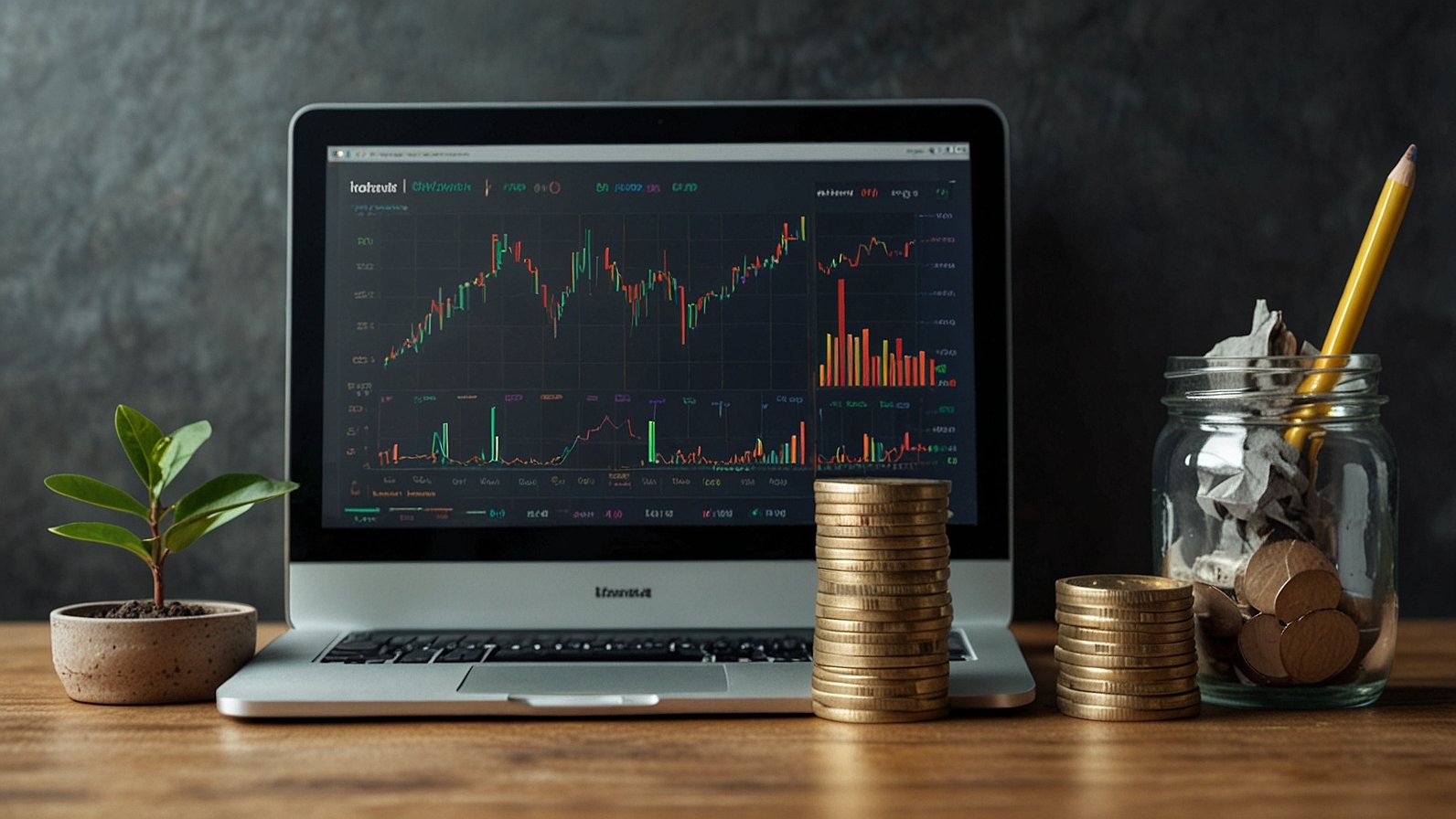Understanding and leveraging the four sales velocity levers is crucial for driving growth in today’s sales landscape. Lead quantity, conversion rate, average deal size, and sales cycle length are vital for enhancing sales team performance and revenue efficiency. Focusing on these aspects creates a robust strategy that improves sales outcomes and propels businesses toward their goals. Mastery of these levers transforms sales approaches, unlocking opportunities, and refining processes for unparalleled success.
Lead Quantity: Boosting Inbound Opportunities
In the realm of sales, understanding the four sales velocity levers is vital for accelerating business growth. One lever that often garners attention is lead quantity, which focuses on enhancing the volume of inbound opportunities. Increasing lead quantity directly impacts the sales ecosystem, enabling sales teams to engage with a wider pool of potential clients.
By concentrating on this lever, sales leaders deploy strategies to attract more qualified opportunities. This approach widens the top of the sales funnel and provides a more substantial base for salespeople to nurture and convert into successful sales. It’s a game of numbers; more leads imply more opportunities for a sales rep to demonstrate value selling, which can significantly improve the close rate.
READ ALSO: How Reliable Customer Service Enhances Fleet Management Operations
Conversion Rate: Optimizing Sales Efficiency

Transitioning from the inbound flurry of leads, the focus shifts toward the heart of sales processes with the conversion rate. Among the pivotal drivers of sales velocity, this critical aspect zeroes in transforming qualified opportunities into actual sales. Elevating the conversion rate is synonymous with enhancing the efficiency of the entire sales apparatus, directing concerted efforts toward shaping prospects into customers.
A blend of skill, strategy, and timing is imperative for sales teams to excel. A sales leader champions the cause, steering the ship with a keen eye on metrics that dictate the path from engagement to close. It’s a meticulous endeavor where every interaction, negotiation, and presentation is fine-tuned to resonate with the prospective buyer’s needs and pain points, ultimately escalating the probability of a sale.
Average Deal Size: Maximizing Transaction Value
Examining the dynamics of sales velocity prompts consideration of average deal size, a pivotal element in maximizing transaction value. Elevating the average value of each sale enables companies to boost overall revenue without expanding sales volume or customer base. This aspect encourages sales teams to focus on increasing the number of closed deals and securing larger transactions.
A significant part of enhancing the average deal size involves salespeople mastering the art of upselling and cross-selling. This strategy requires a deep understanding of the customers’ needs and the ability to effectively communicate how additional features or products can provide added value. When sales representatives are adept at identifying opportunities for upselling and cross-selling, the average deal size naturally increases, positively affecting the sales velocity equation.
Sales Cycle Length: Streamlining Revenue Generation
The last piece of the puzzle lies within the sales cycle length, a key factor in streamlining revenue generation for businesses striving to enhance their sales velocity. Shortening the sales cycle enables companies to realize revenue faster, improve cash flow, and allow quicker reinvestment into the business’s growing aspects. It’s a strategic lever that, when optimized, catapults the efficiency of sales operations to new heights.
Efforts to reduce the sales cycle length hinge on a thorough understanding and analysis of each stage in the sales process. Sales teams work diligently to pinpoint bottlenecks or inefficiencies that may unnecessarily extend the cycle. Implementing targeted improvements, such as refining the qualification process or enhancing sales enablement tools, can lead to a more streamlined, efficient sales journey from the first contact to the close.
Moreover, a focused approach to reducing the sales cycle length does not merely hasten the revenue generation process; it also significantly enhances the customer’s buying experience. Clients often appreciate a swift and smooth sales process, leading to higher satisfaction rates and the potential for repeat business. It becomes evident that optimizing the sales cycle length is beneficial for the sales velocity equation and a crucial element in fostering lasting customer relationships.
Understanding the four sales velocity levers—lead quantity, conversion rate, average deal size, and sales cycle length—is crucial for accelerating business growth and increasing sales efficiency. These levers are vital in improving sales velocity, driving higher revenue, and ensuring business success.
YOU MAY ALSO LIKE: Boost Your Business with Custom Website Development










